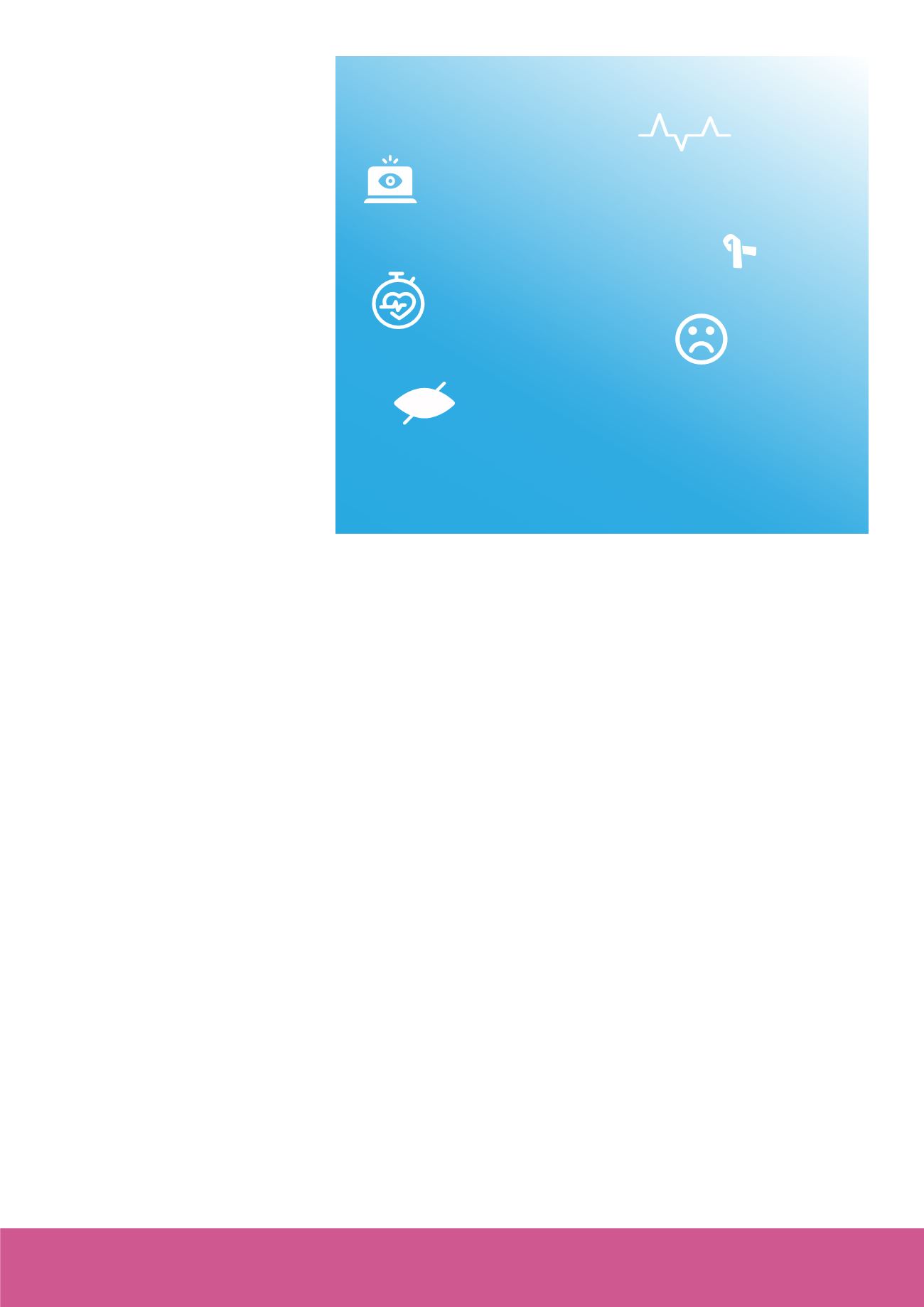
ISSUES
: The Internet of Things
Chapter 1: Digital issues
7
to popular forms of physical media
such as books, CDs and DVDs.
The average-sized DVD and Blu-ray
disc collection increased from 45 to
68 discs per person between 2005
and 2014.
Books remain the most popular
physical media – 84% of UK adults
had a physical book collection in
April 2014, down from 93% in 2005.
Books are more popular than DVD/
Blu-ray discs (80% own a collection,
from 81% in 2005) and music CDs
(79% this year, down from 92% in
2005).
The average size of a book
collection fell by three books to 86
per person, while the average size
of a music CD collection declined
by six CDs to 84.
Ownership of music CDs varies
greatly between age groups. Some
60% of people aged 16–24 were
significantly less likely to own music
CDs than all other age groups.
However, among 45- to 54-year-
olds, almost nine in ten (88%) were
likely to own a music CD collection.
The number of books owned
increases with age. The largest
printed book collections were held
by those aged 55 to 64 years old,
with an average of 118 books. The
smallest average collection size
was that of 16- to 24-year-olds with
an average of 50 books each.
Technology and work-life
balance
While technology is seen by many
as a distraction in our daily lives,
a quarter (24%) of workers think
technology is improving their
work-life balance. Just under half
(49%) say it is not making much
difference either way and 16% think
technology is making their work-life
balance worse.
Six in ten (60%) workers do
some form of work-related
communications activity outside
of working hours. Emailing is
the most common work-based
communication activity out of
hours, with nearly half (46%) of all
workers emailing from time to time,
and a fifth (22%) doing so on a
regular basis.
Around four in ten workers are
also taking part in work-related
telephone calls (41%) and text
messages (37%) occasionally
outside their working hours.
The largest proportion of work-
related communications takes
place in the evening at home. Of
those people, one in ten read or
send work emails or texts in bed, on
waking in the morning or last thing
at night.
Communications technology is
also shaping our holiday time. The
research shows almost a third
(32%) of people have made work
related calls, sent emails or texts
while on holiday, and of those, one
in ten has worked on the beach, or
by the pool.
But there is a trade-off. Six in ten
workers say that while they’re at
work they regularly or occasionally
send and receive texts for personal
reasons; half of workers use
email; while 46% make or receive
telephone calls for non-work related
reasons. Just over a quarter (27%)
catch up on the sports results at
work, while one in five people are
shopping online in the office.
EdRichards,OfcomChief Executive,
said: “Our research shows that a
‘millennium generation’ is shaping
communications habits for the
future. While children and teenagers
are the most digitally-savvy, all age
groups are benefitting from new
technology.
“We’re now spending more time
using media or communications
than sleeping. The convenience
and simplicity of smartphones and
tablets are helping us cram more
activities into our daily lives.”
James Thickett, Ofcom Director of
Research, said: “While gadgets can
prove a distraction, technology is
actually improving work-life balance
for some.
“Six in ten of us do some form of
working outside of normal hours,
but the trade-off is that we’re
making personal calls and doing
our life-admin at work.”
6 August 2014
Ö
Ö
The above information is
reprinted with kind permission
from Ofcom. Please visit
consumers.ofcom.org.uk
for
further information.
© Ofcom 2016
Harmful effects of blue light
Disruptions to the circadian rhythm.
Digital Eyestrain Syndrome: blurry vision,
difficulty focussing, dry and irritated eyes, headaches,
neck and back pain.
Greater risk of certain types of cancers.
Greater risk of diabetes, heart disease
and obesity.
Increased risk of depression.
May cause permanent eye damage; may contribute
to age-related macular degeneration which can lead
to vision loss.
Sources of blue light include the sun, digital screens
(TVs, computers, laptops, smartphones and tablets), electronic devices,
and fluorescent and LED lighting.
Source: Blue Light Exposed,


